Senator Kevin Cramer, US Senator for North Dakota | Senator Kevin Cramer Official website
Senator Kevin Cramer, US Senator for North Dakota | Senator Kevin Cramer Official website
The Senate Environment and Public Works Committee convened a hearing in Washington, D.C., to discuss carbon capture, utilization, and sequestration (CCUS) technologies. U.S. Senator Kevin Cramer from North Dakota introduced the first witness, Kevin Connors, Assistant Director for Regulatory Compliance and Energy Policy at the Energy and Environmental Research Center (EERC) in Grand Forks.
Senator Cramer expressed his enthusiasm for showcasing North Dakota's leadership in CCUS. "I love the opportunity to highlight North Dakota’s place in the area of carbon capture utilization and storage," he stated. He praised Connors' expertise as crucial to both his staff and the committee's work on these technologies.
Connors elaborated on North Dakota's early recognition of its agriculture and energy industries as economic pillars. "North Dakota took the approach of developing a resource management framework," he explained. This framework treats CO2 storage similarly to oil and gas regulation, promoting geologic storage of carbon dioxide as a valuable commodity for industrial use.
Cramer questioned Connors about challenges related to Class VI wells regulated by the U.S. Environmental Protection Agency (EPA) under the Safe Drinking Water Act (SDWA). These regulations prohibit new aquifer exemptions for underground injection control (UIC) Class VI injections, despite potential suitability for CO2 storage.
Connors addressed this issue by describing it as a complex challenge that requires regulatory amendments. "Congress can address it and direct EPA to amend their rules," he suggested as part of a three-prong solution involving legislative action, rule amendment by EPA, and challenging EPA's authority over aquifer exemptions.
Another witness highlighted enhanced oil recovery using CO2 injection into existing fields to extract more oil with lower carbon intensity. They noted that around six percent of current U.S. production involves enhanced oil recovery.
Senator Cramer concluded by emphasizing net-negative oil production occurring in southwestern North Dakota.
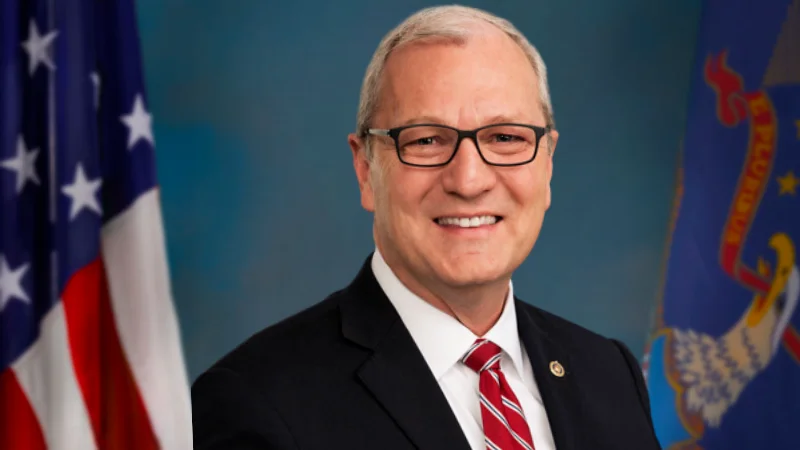
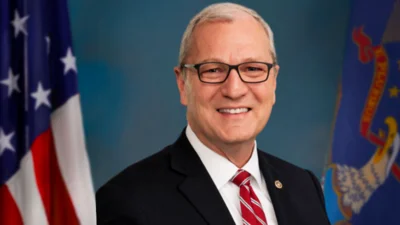
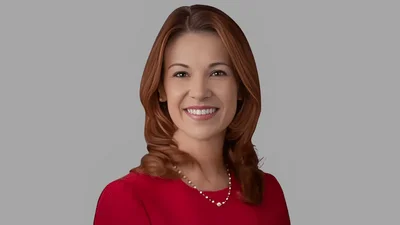
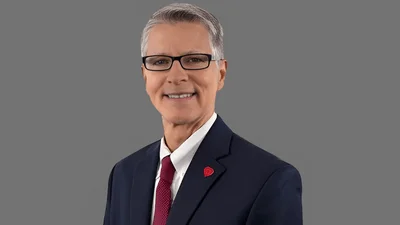
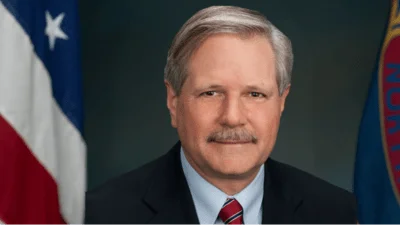
 Alerts Sign-up
Alerts Sign-up